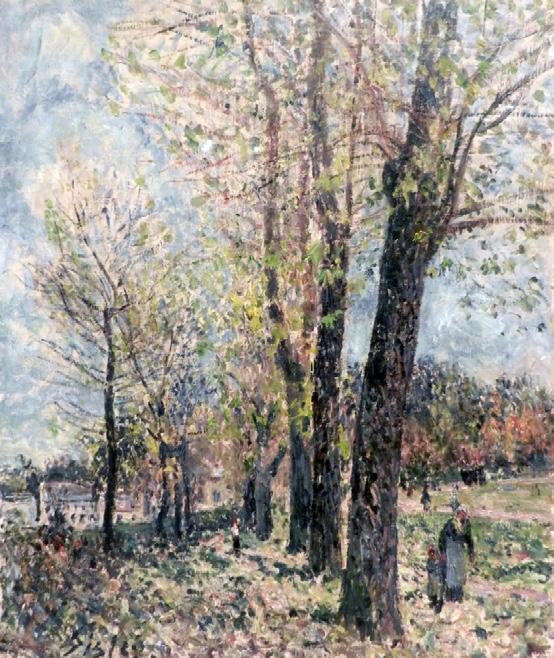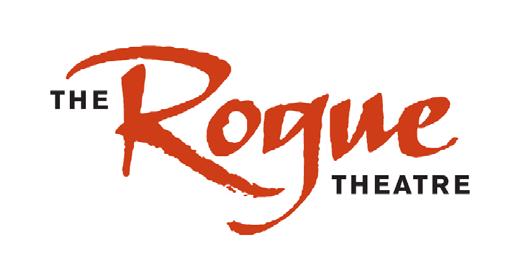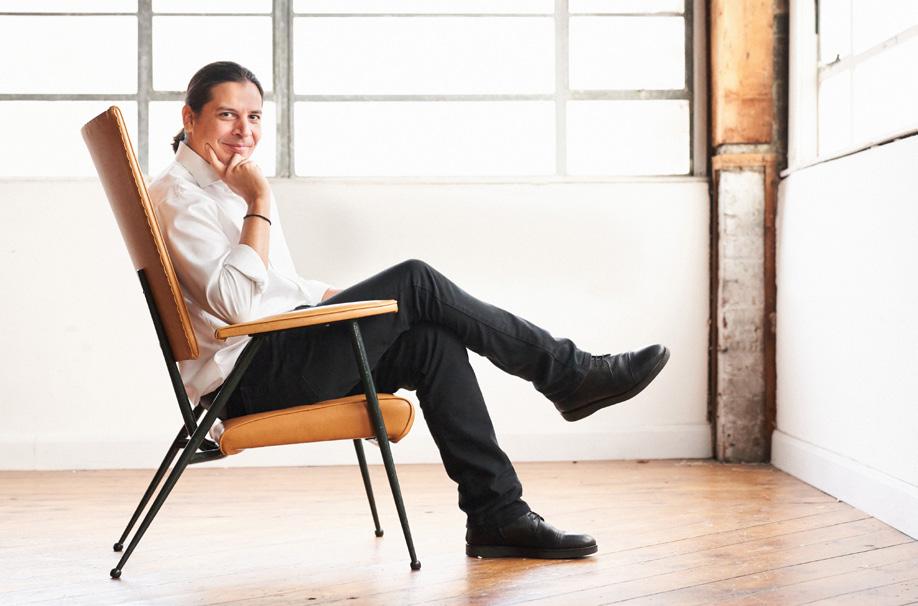
3 minute read
TUCSON MUSEUM OF ART
TUCSON MUSEUM OF ART opens new Kasser Family Wing
By Beverly Medlyn
Advertisement
For a bit of perspective on tumultuous 2020, head to the Tucson Museum of Art and Historic Block, where visitors can explore a new exhibition of works spanning more than 3,000 years of Latin American art history.
The Kasser Family Wing of Latin American Art highlights ancient art from Mexico, Guatemala, Costa Rica, Panama, Colombia, Peru and Bolivia. It also includes a gallery dedicated to modern and contemporary Latin American art. The melding of ancient and contemporary works offers a broad view of human development of particular relevance to Tucson’s cultural roots.
The Kasser Wing debuted July 30, when Tucson Museum of Art (TMA) reopened to the community after a nearly five-month closure due to COVID-19. Construction on the wing continued during the closure, allowing staff to focus on developing indoor and outdoor spaces at the campus. To create one-way flow through the museum, patrons will enter on Alameda Street and exit on Main Street.
“It’s been a journey, for sure,” says Jeremy Mikolajczak,the museum’s Jon and Linda Ender director and CEO. “It feels so good to be open and see people’s faces again.”
Ava Brook, a docent for 20 years, felt bereft during the shutdown. She enjoyed leading tours several times a week as well as going to lectures and events. “It was a big part of my life,” she says.
Though docent-led tours will not resume until early 2021, Brook returned as a visitor to view the the Kasser Wing. The exhibition features works from TMA’s permanent collection and the collections of I. Michael and Beth Kasser and Paul L. and Alice C. Baker.
“It is absolutely spectacular,” Brook says. “I have an interest in pre-Columbian art, and it is so beautifully displayed and so clearly explained. I tremendously appreciate what they have done.”
Safety measures now in place include reducing the number of visitors to 30 percent capacity, aided by a new online admissions process

Alfred Sisley, Paysage aux environs de Moret
allowing people to reserve tickets in two hour time increments, says Marianna Pegno, curator of community engagement. New traffic patterns were put in place, and hand sanitizer is available throughout the campus. Three of the museum’s five historic buildings reopened July 30.
“I would say it is as safe as they can possibly make it,” Brook says. “If people have the opportunity, they should go. Our museum has something of interest to everyone. We have history, science, folk art, contemporary art — anybody who is interested in art of any type should find something to attract them.”
In-person programming for kids continued through the summer on a limited basis and is available now through small after-school classes.
Engagement has been strengthened by the growth in online offerings — including virtual tours, lectures and light-hearted events such as Cookies with a Curator, all posted on TMA’s website and YouTube. The “Cookies” program features Senior Curator Christine Brindza interviewing TMA artists about their work and lives — including sharing recipes for their favorite cookies.
Artists also will give virtual talks about their creative process on Zoom, which allows them to interact with their audience, Pegno says.
“Ultimately digital programming will broaden our audience and expand it beyond Southern Arizona,” says Mikolajczak, CEO. “Now people have access to our institution who wouldn’t normally.”
Another benefit of the pandemic is the stepped-up collaboration among local arts groups, which all depend on community support. “Partnerships and collaborations are more important than ever now, finding ways to amplify our talent,” Pegno says.
For more, visit tucsonmuseumofart.org.










